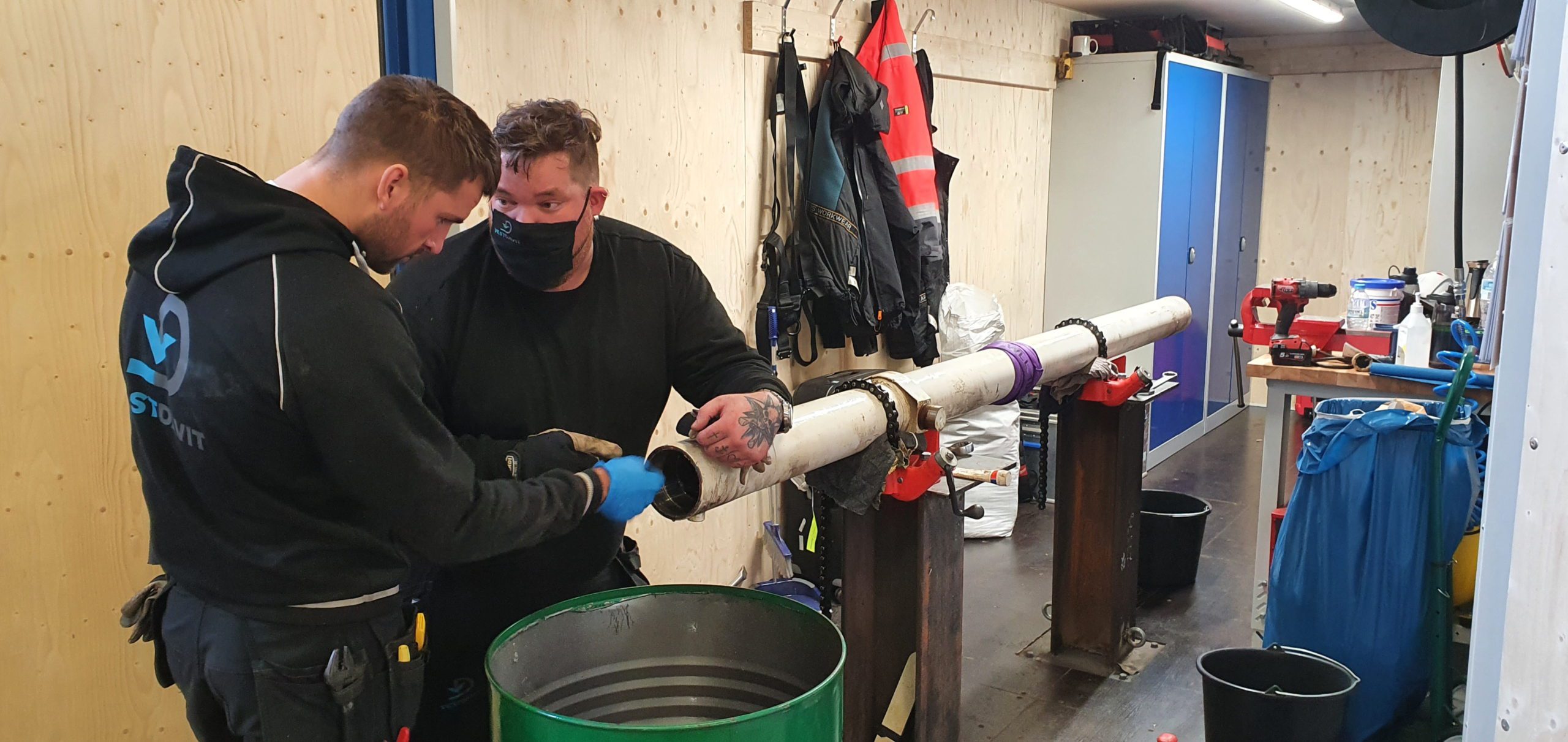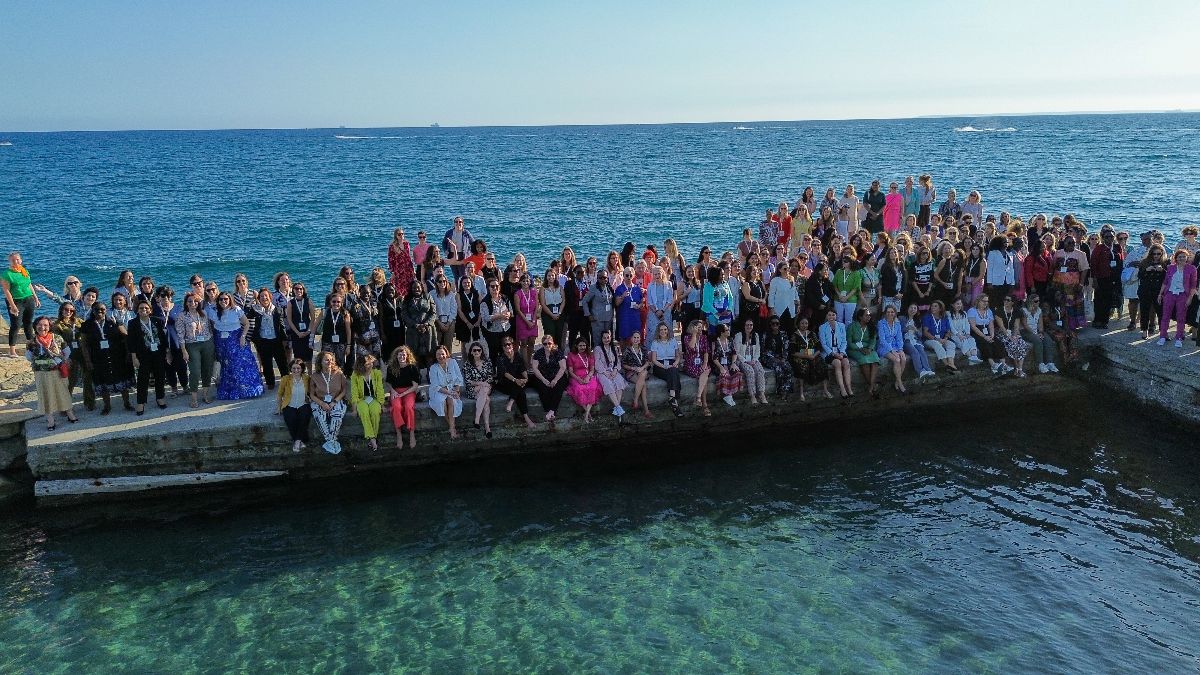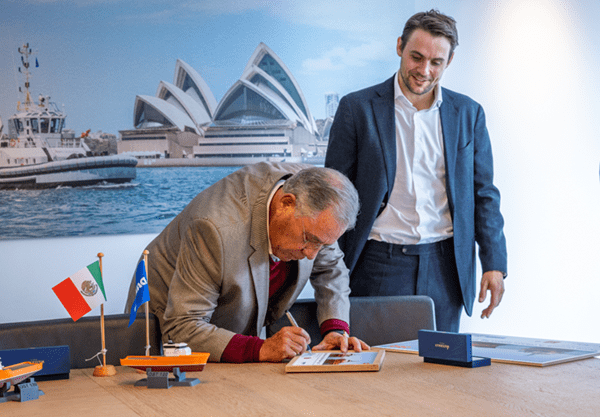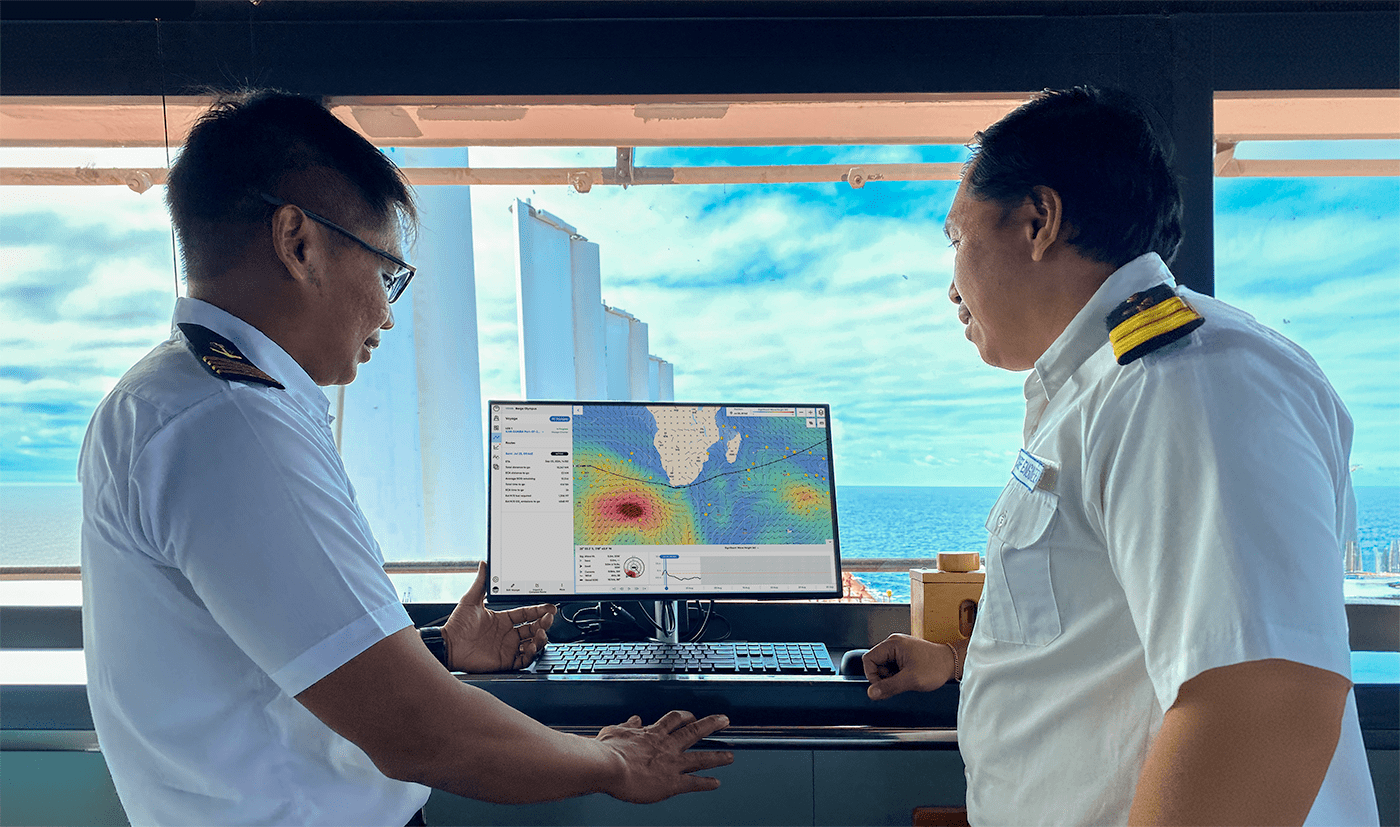Getting it right in the design phase is critical to the performance of boat-handling equipment and cutting corners can prove costly
Press Release – The efficiency of a davit is determined by the sum of its moving parts and a failure of any one of these components can have fatal consequences – so eliminating such pain points early in the design process is key to a successful delivery.
The interconnected shock absorbers, wave-compensating winches and other components that make up an intricate boat-handling system must be designed to endure the intense stresses and strains from repetitive usage in variable sea conditions and harsh marine environments.
The main reasons why such systems sometimes fail are human error, a lack of proper maintenance, inadequate training for operators and service technicians, and the use of rogue parts that have not been subject to rigorous testing procedures to ensure reliability.
Davits must have a failsafe constant self-tension system, a hydraulic shock absorber to bear peak loads and an end stop to ensure that launch craft carrying personnel or expensive equipment such as remote-operated vehicles can be safely deployed in the water even at speed.
As well as the safety aspect due to the potential risk to human life, davit reliability is necessary from an economic standpoint both to safeguard against damage to launch craft and losses from equipment downtime that reduces the number of missions that can be carried out, which must be measured against the daily operational cost of having a vessel at sea.
“As regards maintenance, the devil is in the detail to keep davits working safely day in and day out as they should to ensure constant availability for missions by navies and coastguards,” says Henric Collvin, after-sales director for Bergen-based davit supplier Vestdavit.
“The sea is a harsh place and a level of preventive maintenance is necessary,” he adds.
Avoiding pain points
Collvin points to the need for regular visual inspections, mechanical testing, oil level checks and monthly cleaning to remove saltwater as a build-up of salt can cause corrosion, as well as biannual checks of finer components such as pressure gauges and nitrogen levels in accumulators.
Vestdavit, along with peer suppliers, is also required to carry out annual and five-yearly servicing of its davits under IMO regulations introduced last year to ensure they meet SOLAS standards for maintenance and operation of boat launch and recovery systems.
Such critical maintenance must be carried out using genuine, fully tested spare parts by trained personnel who are properly certified for this work.
However, Vestdavit has highlighted cases where servicing has been carried out by unqualified personnel as “service providers sometimes believe that training and certification of approved technicians can come from any company with a davit”, which presents an obvious safety risk.
Furthermore, the use of rogue parts to cut corners on costs can have serious consequences as, even though they are ostensibly similar to original components, they may have hidden shortcomings, it warns.
“The materials used for rogue parts will not have had the same design and engineering to endure the prior testing regime that we consider vital for overall system performance: if malfunctions occur as a result, possible outcomes could include fatalities,” the company states.
Vestdavit’s genuine spare parts are used to maintain its high-specification davits to ensure consistent performance over a long lifespan, often in high sea states and harsh conditions, while it has a global network of certified service partners that spans the US, UK, Russia, Brazil, South Africa and Singapore to ensure rapid delivery of replacement parts.
At the same time, a focus on reliability and ease of maintenance in davit design means less frequent servicing and fewer replacement parts are required, thereby cutting maintenance costs versus competing systems.
Design collaboration
The business of designing davits is not a uniform science as, while such equipment has standardised elements, bespoke solutions are often required to handle the diversity of boats needed by navies, coastguards and other end-users – and getting it right in the design stage is vital to performance.
Vestdavit seeks to resolve technical challenges for boat-handling systems through a collaborative approach with the end-user and ship designer to integrate its tailor-made davit solution early in the design stage for a vessel newbuild.
Vestdavit technical director Helge Gravdal says a typical davit entails standardised elements – such as the winch and hydraulic system – to reduce cost and certification needs, but these can be configured into a specialised system to meet the particular requirements of the client with a focus on adaptability and flexibility.
“Davit requirements will vary from one ship to another and can be very specific, for example, for naval clients that may need a low radar cross-section to avoid radar detection. There may also be space constraints onboard that dictate the size of a davit,” he explains.
Vestdavit’s design criteria are based on the LSA (Life Saving Appliance) regulatory code for all lifesaving equipment, as well as Norsok rules for the North Sea and a voluntary certification standard introduced by DNV GL recently to cover davits used to launch and recover workboats.
The DNV GL-ST-0498 standard takes account of the fact that 67% of marine casualties or incidents are due to human error and therefore seeks to reduce or eliminate errors or equipment failure by recommending solutions to offset such shortcomings.
Consequently, the new standards demand redundancy in critical components to ensure the boat-handling system still works even when parts of it are out of action, while also providing criteria for placement of davits on the mothership.
Crucially, the class rule recognises the connection between different sea states and equipment performance, and the need for additional components to increase lowering and lifting speeds in higher sea states of four or above – or above a 2.5-metre wave height – to ensure crew safety.
Gravdal says shock absorption and vibration levels from operation in higher sea states are key issues that need to be factored into the equation in the design stage.
Innovative technology
Vestdavit’s davit designs are based on technology that is tried and trusted from more than 2000 deliveries to different types of vessel – from naval warships to coastguard cutters and seismic vessels – and are designed to be compact for efficient use of space onboard, as well as light and resilient.
Gravdal points out that Vestdavit is able to provide development services in the pre-project phase and can deliver computer-generated 3D digital models of its davits to ship design houses to ease the overall design process.
“Digitalisation makes the design process more interactive and streamlined,” he explains.
Furthermore, Vestdavit is widening the application of digitalisation across its business from initial design to production documentation and after-sales to improve efficiency and strengthen collaboration with all parties.
More advanced davit systems now incorporate computerised control and monitoring systems that facilitate fully automated operation while Vestdavit has also adopted data sensors for condition monitoring on davits for preventive maintenance, as well as augmented reality to provide remote support for service engineers amid travel restrictions due to the coronavirus pandemic.
This mirrors Vestdavit’s progressive solution-oriented approach focused on the use of the latest automated technology that has enabled it to steadily increase market share, having seen a 25% growth in davit deliveries last year.
Its state-of-the-art MissionEase concept, with an inboard mission bay that can house multiple diverse craft on a remote-controlled track system, marks another major technological leap in boat-handling systems that offers further potential for market growth.

 Join The Club
Join The Club











